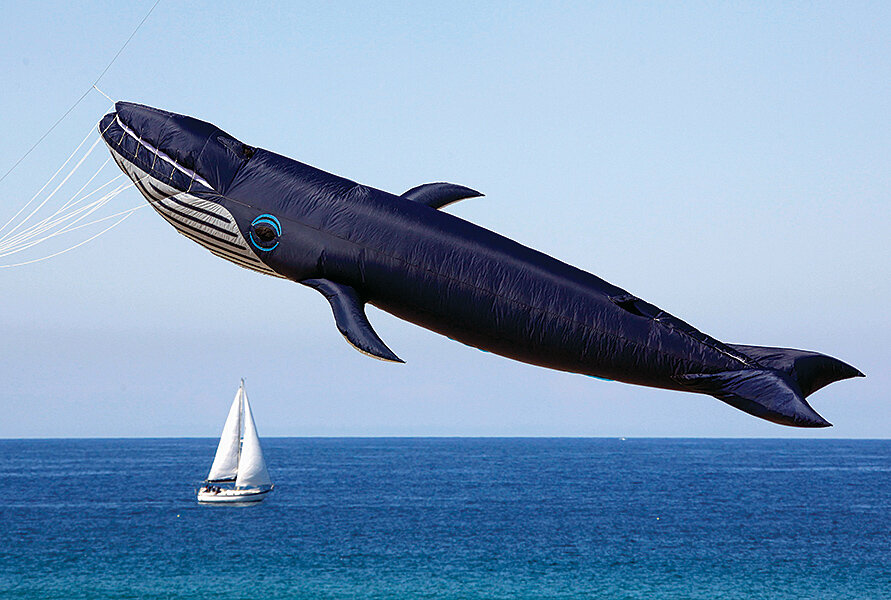Saving the humans
Great whales are so great that they get an individual shout-out in the book of Genesis (see Day 5: fishes and birds). If you have ever been near one – on a whale watch, for instance – you know how awesomely big and tenderly playful they can be; you’ve seen moms and calves synchronize their swimming and breathing. Whales are, well, wonderful.
So are elephants and pandas. Charismatic megafauna, they’re called, and ecologists sometimes tut-tut the human race for needing to focus on the welfare of these gorgeous creatures – putting them on greeting cards and bumper stickers and making them into cuddly dolls – as a way to stir interest in the natural world. They’re right. There’s a lot more to the animal kingdom than the big and the beautiful, but amoebas and garden slugs don’t have many fans.
Whales do. The save-the-whales movement that arose in the 1960s played a major part in awakening environmentalism. Two key moments can be traced to the order Cetacea: an influential Scientific American article (and a set of stunning charts) in 1966 by conservationist Scott McVay that raised alarms about industrial whaling driving the creatures toward extinction; and the 1970 release by marine researcher Roger Payne of “Songs of the Humpback Whale,” an enormously popular record album that introduced the public to the ethereal and undeniably intelligent sounds these creatures make.
Whales have inspired awe throughout history. “He swam the seas before the continents broke water; he once swam over the site of the Tuileries, and Windsor Castle, and the Kremlin,” Herman Melville wrote. But it wasn’t until the ’60s that humans really fell in love with them. That helped both species. Commercial whaling was banned. Environmentalism took hold.
Whales are not yet fully saved, but the worst has been averted. Many species are rallying. The troubling exception is the northern right whale. In this week’s cover story (you can read it here), Doug Struck reports on efforts to protect that threatened population.
There are only about 500 northern right whales. Because they feed near the surface and near coastlines they are vulnerable to being hit by ships, entangled in fishing gear, or weakened by pollution. Saving them requires more than the holstering of harpoons. Ship speeds in whale habitats must slow, more thoughtful fishing must be practiced, and more care taken about what we release into the seas.
That, by the way, is a prescription not just for saving the northern rights but for changing how we think about the oceans. The great deep, after all, is not a mysterious or alien habitat. The creatures that inhabit it are neither monsters nor teddy bears. They are our companions on this planet, as much as horses, grackles, and dust mites.
I know this last point may sound as if it came from a bumper sticker or a greeting card featuring a big, charismatic animal sure to make you say, “awwww,” but it still seems true: By saving the whales, we’re saving ourselves.
John Yemma is the Monitor's editor-at-large. He can be reached at yemma@csmonitor.com.






